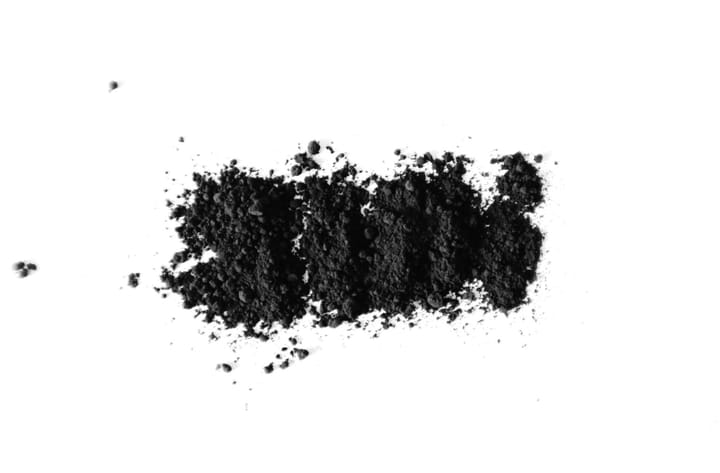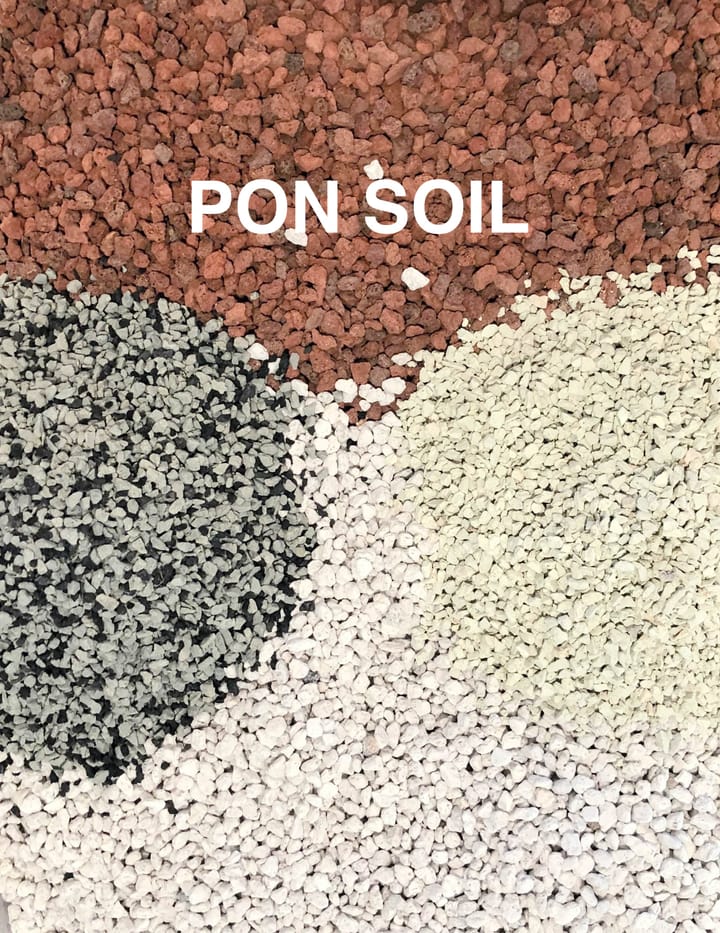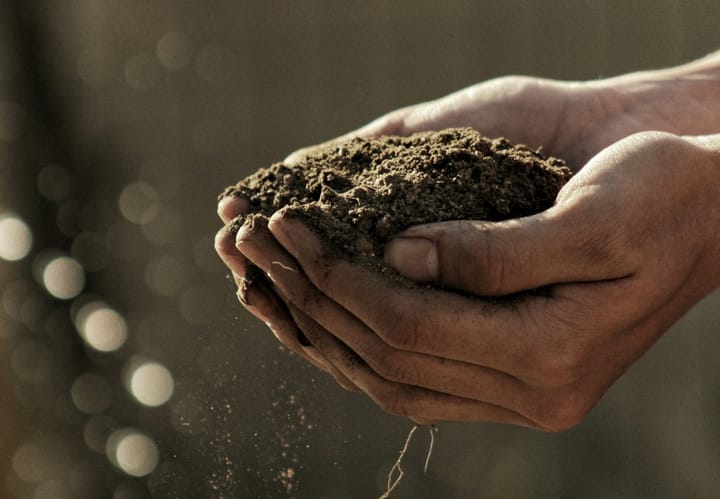Types of Garden Soil
Gardening is an enriching activity that allows you to connect with nature while nurturing plants. To ensure optimal growth and yield, understanding the different types of garden soil is essential, as it directly impacts the well-being of your plants.

Table of Contents
- Understanding Soil Basics
- Different Types of Soil
- Sandy Soil
- Silty Soil
- Clay Soil
- Loamy Soil
- Chalky Soil
- Peaty Soil
- Testing Soil pH
- Acidic Soil
- Alkaline Soil
- Improving and Amending Soil
- Adding Organic Matter
- Use of Lime and Manure
- Fixing Compact Soil
- Plants for Sandy Soil
- Plants for Silty Soil
- Plants for Clay Soil
- Plants for Loamy Soil
- Plants for Chalky Soil
- Plants for Peaty Soil
- FAQs
Your garden's soil type plays a significant role in the success of your gardening endeavors.
Among the six main soil groups - clay, sandy, silty, peaty, chalky, and loamy - each has unique properties that cater to different plant needs.
Knowing your soil type helps you make informed choices, ultimately enhancing the vitality of your garden.
Understanding Soil Basics
Role of Soil in Plant Growth
Soil is crucial for plant growth, providing the necessary support, water, and nutrients for healthy development.
A mixture of minerals, organic matter, water, and air creates the perfect environment for plants to thrive.
In addition, soil hosts countless microorganisms, which help break down dead and decaying material, recycle nutrients, and ensure a healthy ecosystem.
Different types of soil can affect how plants grow. The three basic soil types are clayey, loamy, and sandy soils.
Loamy soil, an ideal type for gardening, is a balanced combination of sand, silt, and clay. It retains moisture, allows for adequate drainage, and enables air to reach plant roots.
On the other hand, clayey and sandy soils present challenges for irrigation, making it essential to understand the soil type in your garden for optimal plant growth.
Different Types of Soil
Sandy Soil
Sandy soil is made up of larger particles and has a gritty texture. This type of soil drains quickly, making it ideal for plants that don't require a lot of water, such as succulents, palms, and citrus trees.
However, sandy soil can struggle to hold onto nutrients, meaning you might need to fertilize more frequently to support growth.

Silty Soil
Silty soil is characterized by its fine, smooth texture and ability to retain moisture. It can hold more nutrients than sandy soil and provides good drainage.
When planting in silty soil, be mindful of its tendency to compact, which can result in poor aeration for your plants.
Clay Soil
Clay soil consists primarily of small particles, resulting in a lumpy texture when wet and a hard surface when dry.
This soil type is known for its poor drainage and lack of air space, making it challenging for some plants to grow.
Add organic matter, such as compost, to improve clay soil to increase aeration and drainage.
Loamy Soil
Loamy soil combines sand, silt, and clay, balancing the best characteristics of each soil type.
With its excellent nutrient retention and good drainage, loamy soil is ideal for gardening.
You'll find a wide range of plants thrive in loamy soil, making it a versatile choice for your garden.
Chalky Soil
Chalky soil, often found over limestone beds, is sticky when wet and dries out quickly in the summer.
With a pH of 7.5 or higher, this alkaline soil is suited for plants like lavender and lilacs, which prefer alkaline conditions.
However, chalky soil may lack essential nutrients, so be prepared to supplement with fertilizers where necessary.
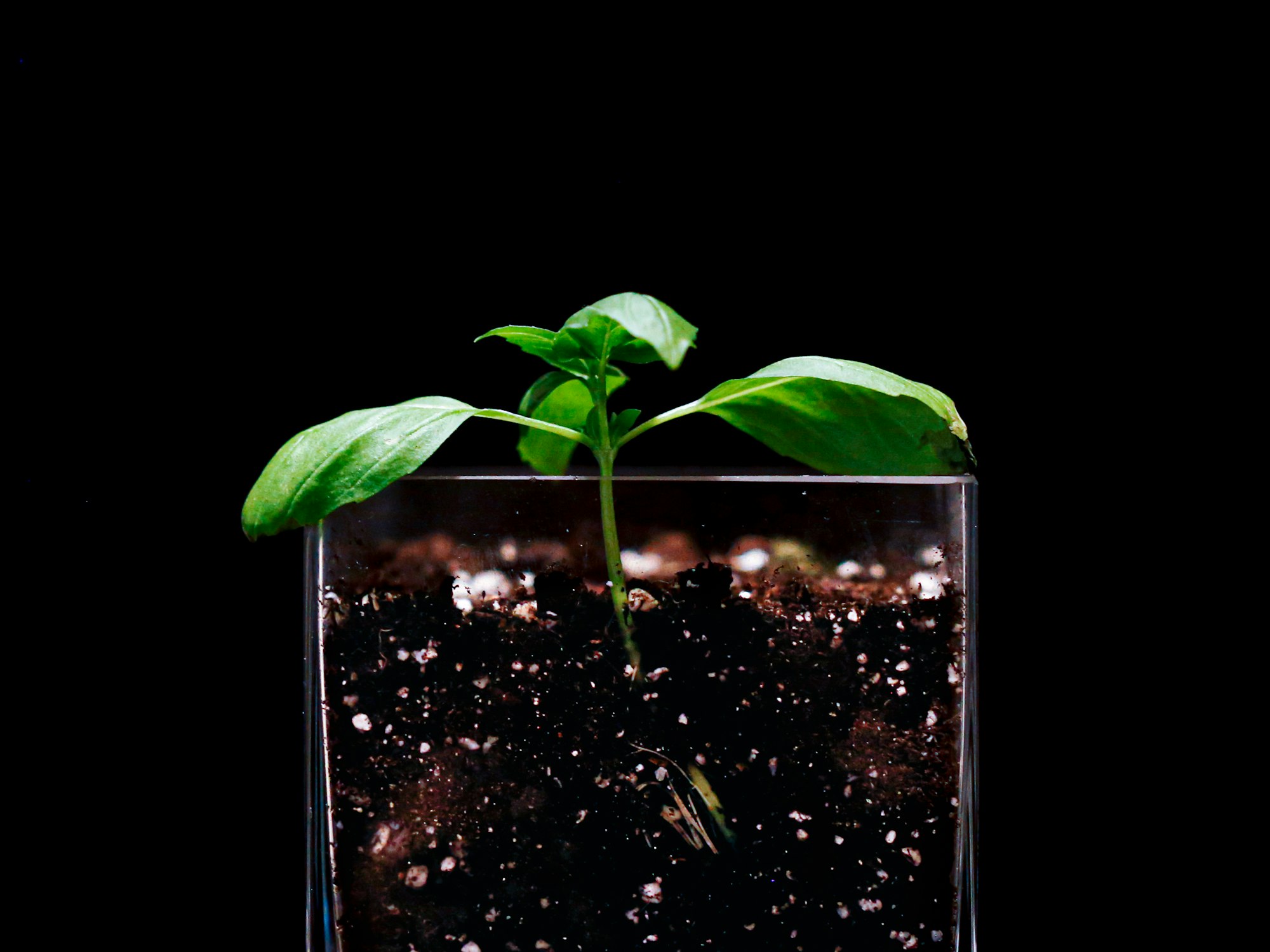
Peaty Soil
Peaty soil is dark, rich in organic matter, and retains moisture well. It's commonly found in bogs and marshes and is known for being acidic.
Consider growing acid-loving plants like rhododendrons and blueberries to make the most of peaty soil.
Adding lime can help neutralize acidity and allow a broader range of plants to thrive.
The Relevance of pH in Soil
Testing Your Soil pH
To ensure your garden thrives, testing your soil is essential.
A pH level between 6.0 and 7.0 is ideal for most plants, although some may prefer slightly more acidic or alkaline conditions.
Acidic Soil
Acidic soils have a pH of 4 to 6.5 and are suitable for plants such as azaleas, rhododendrons, blueberries, and conifers.
These plants benefit from the increased availability of nutrients in this soil type, as they thrive best in the pH 5.0 to 5.5 range.
Alkaline Soil
On the other hand, alkaline soils display a pH of 7.5 to 9 and are favored by plants like lavender, lilac, and Syngonium.
These plants perform better when they can draw nutrients from slightly alkaline soil with a pH of 5.8 to 6.5, which also suits the growth of many vegetables, grasses, and ornamental plants.
Improving and Amending Soil
Adding Organic Matter
One effective way to improve your garden soil is by adding organic matter, such as compost or well-rotted manure.
This enriches the soil with nutrients and improves its structure, allowing for better drainage and root growth.
Use of Lime and Manure
Lime can be added to your garden soil to neutralize acidity and improve its texture.
Incorporate well-aged manure to increase the organic matter content and boost the soil fertility.
Ensure your soil is tested before adding amendments to achieve the desired balance and pH level.
Fixing Compact Soil
If you're dealing with compact soil, it can limit the growth and productivity of your plants.
To help fix this issue, consider adding organic matter such as compost and using aeration techniques like forking or manual soil loosening to create air pockets and promote better water infiltration.
Choosing Plants for Different Soil Types
Plants for Sandy Soil
Sandy soil drains well, making it suitable for vegetables like carrots, parsnips, and potatoes. Herbs, onions, and tomatoes also thrive in this type of soil.
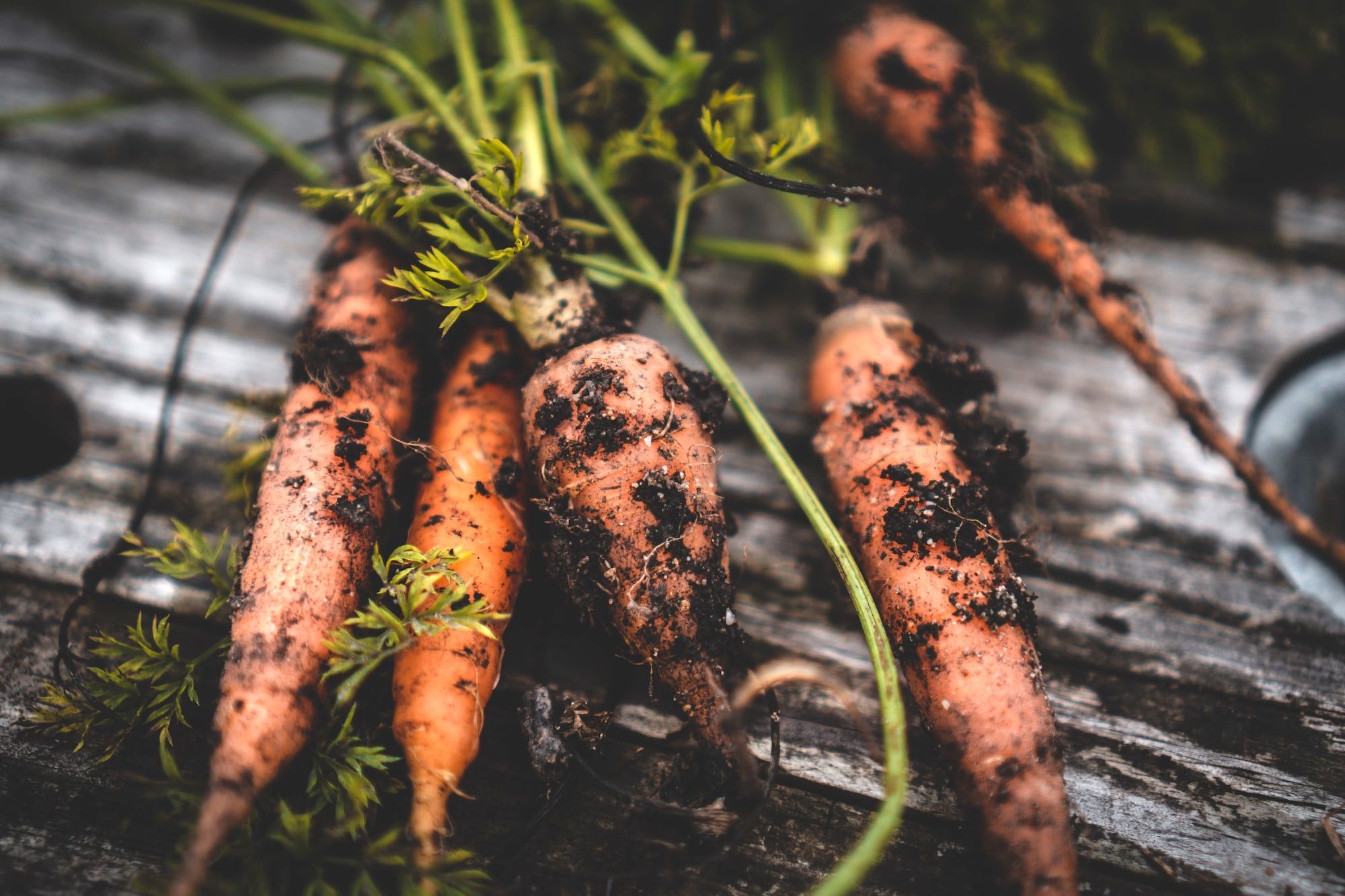
Plants for Silty Soil
Silty soil is fertile, so it's ideal for growing various plants such as corn, willow, and dogwood.
Trees like birch and witch hazel and flowers like aster and bergamot flourish in silty soil.
Plants for Clay Soil
Clay soil retains moisture and is rich in nutrients, allowing vegetables like lettuce, cabbage, and squash to grow well.
Additionally, clay soil is excellent for shrubs like hostas and flowers like roses and azaleas.

Plants for Loamy Soil
Loamy soil is a well-balanced mix of sand, silt, and clay, which makes it perfect for most plants.
Trees like fruit trees, camellia, perennials, and bulbs grow well in loamy soil.
Plants for Chalky Soil
Chalky soil is alkaline in nature, so plants that thrive in this environment include shrubs like lilacs and flowers like rhododendrons.
Fruit trees, berries, and vegetables like spinach and beets can also be grown successfully in chalky soil.

Plants for Peaty Soil
Peaty soil is acidic and retains moisture well.
Acid-loving plants like rhododendron, camellia, and blueberries thrive here.
Vegetables like sweet corn, tomatoes, onions, and flowers like roses and lilacs grow well in peaty soil.
Frequently Asked Questions
What are the best types of soil for gardening?
Loam soil is considered the best for gardening, as it has an ideal balance of sand, silt, and clay particles. However, other soil types, like sandy, clay, or silty soil, can be improved to support plant growth.
How can I determine my garden soil type?
You can perform a simple squeeze test by taking a handful of moist soil and squeezing it in your hand. Alternatively, try the jar/settle test, which involves shaking a soil-water mixture in a jar and letting it settle, revealing the distinct layers of soil particles.
What are the characteristics of sandy, clay, and silt soil?
Sandy soil consists of large particles, promoting good drainage but poor nutrient retention. Clay soil has small particles and holds water and nutrients well, but it can be compact and poorly aerated without organic matter. Silty soil is smooth-textured, moderately well-draining, and retains more nutrients than sandy soil.
How does soil type impact plant growth?
Soil type affects plant growth by influencing the availability of water, nutrients, and oxygen to plant roots. Each soil type has unique characteristics that may benefit some plants and hinder others, making it essential to match plants with suitable soil types or amend the soil as required.
What are the classifications of soil types?
There are six primary classifications of soil types: loam, clay, sandy, silty, chalk, and peat. Each type is differentiated by its particle size and the proportion of sand, silt, clay, and organic matter it contains.
How can I improve my garden soil quality?
To improve garden soil quality, consider adding organic matter (compost, aged manure, or leaf mold), adjusting the pH with lime or sulfur, or incorporating gypsum, sand, or Perlite. These methods can enhance soil structure, fertility, and aeration, promoting healthy plant growth.

